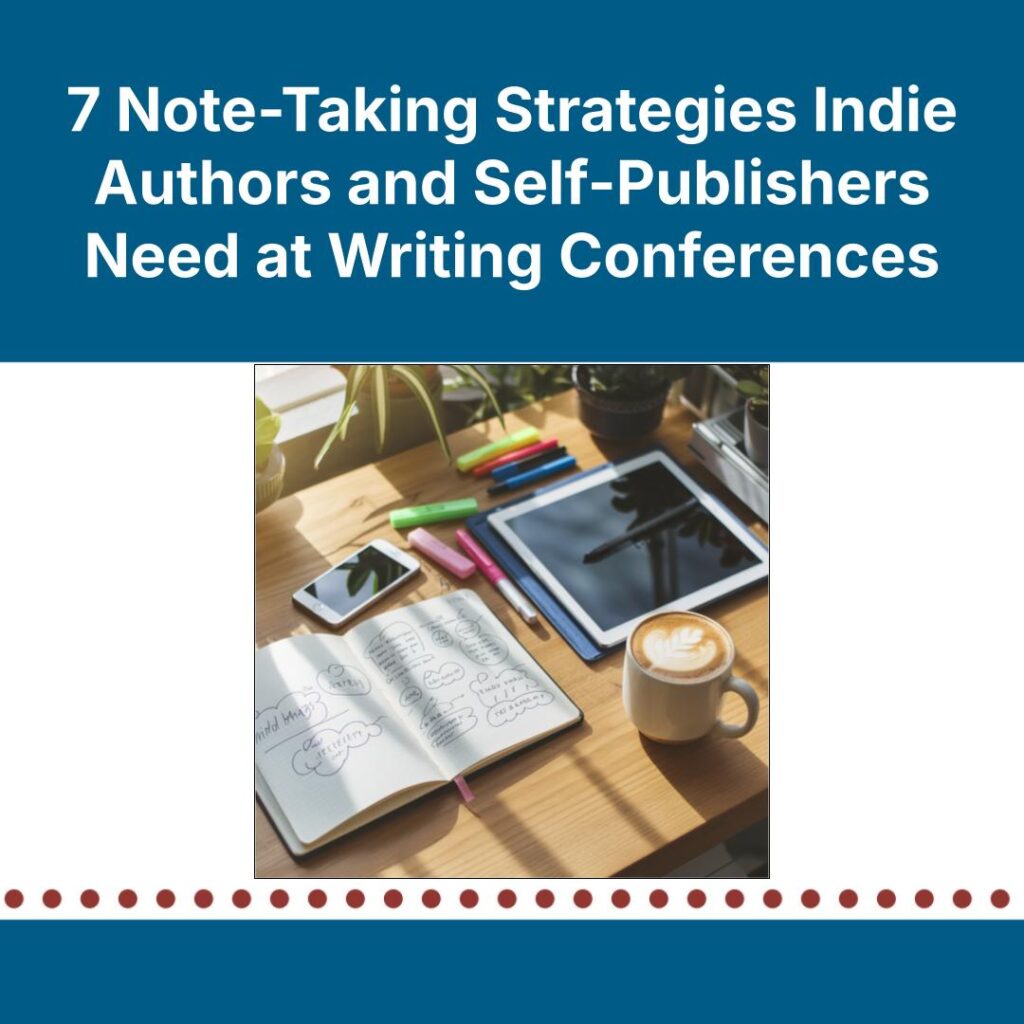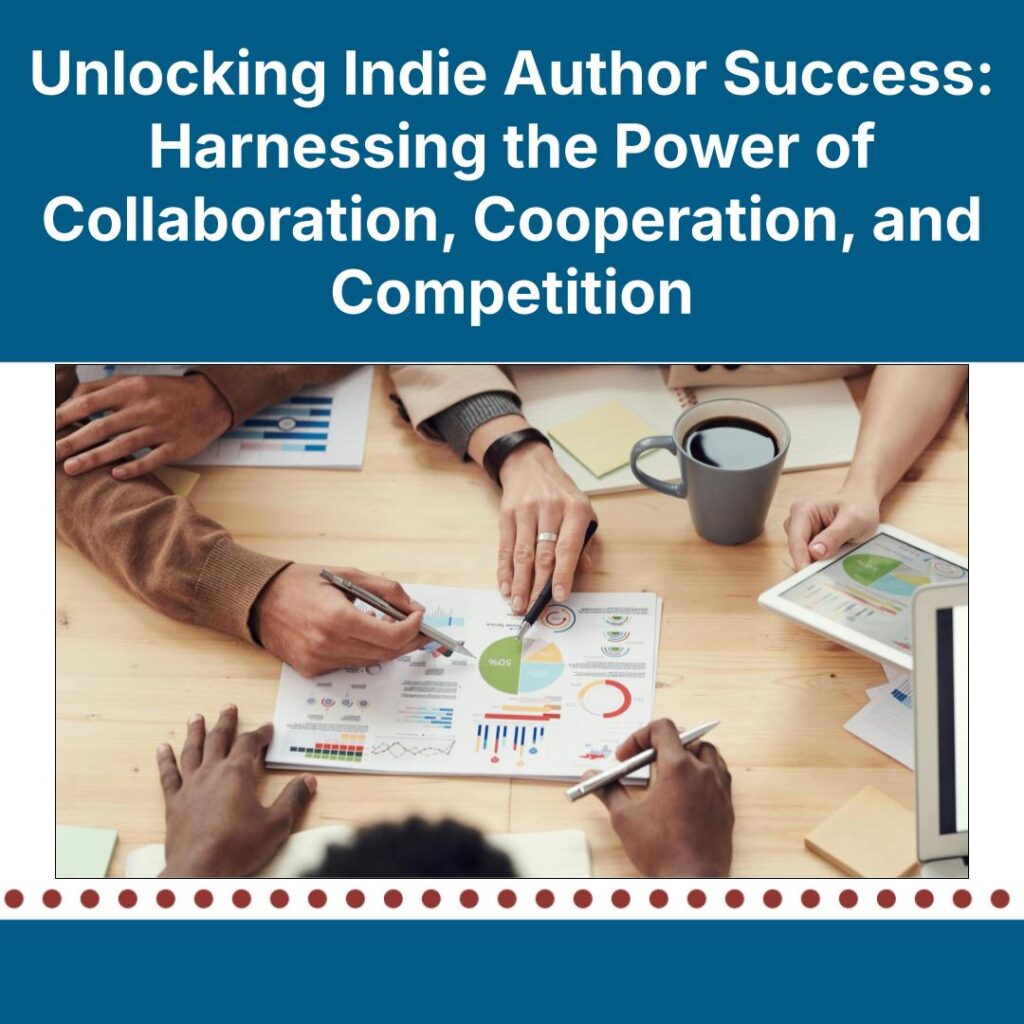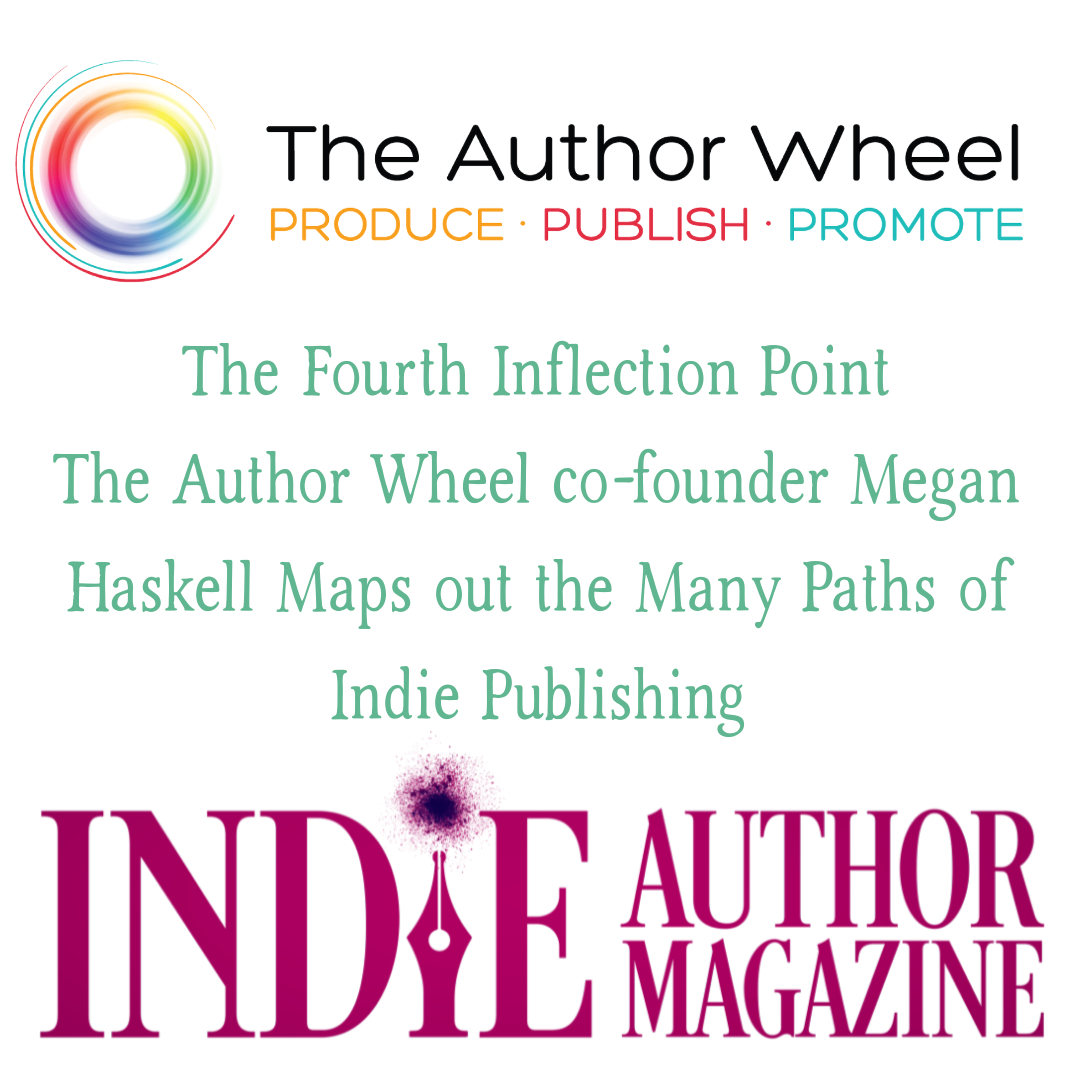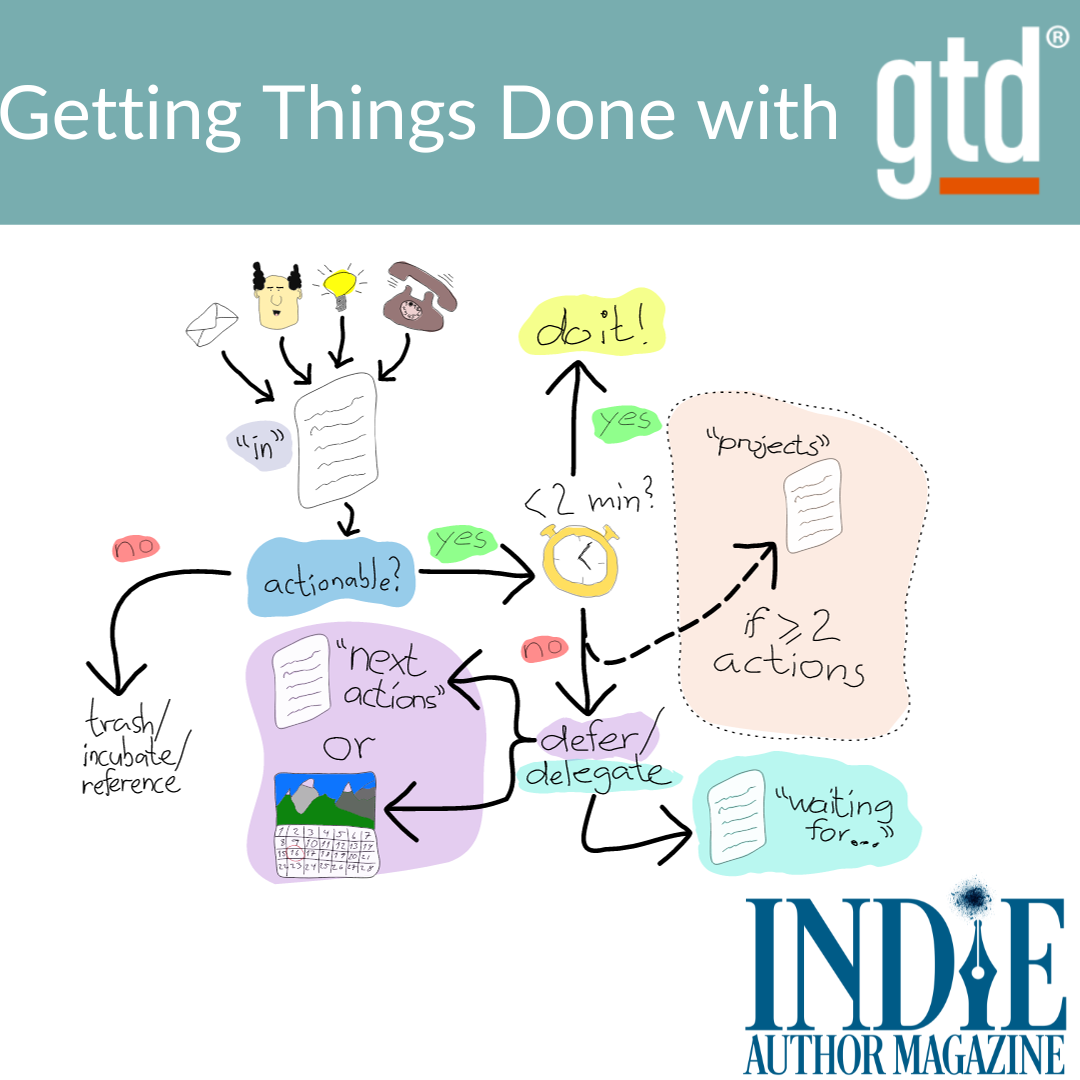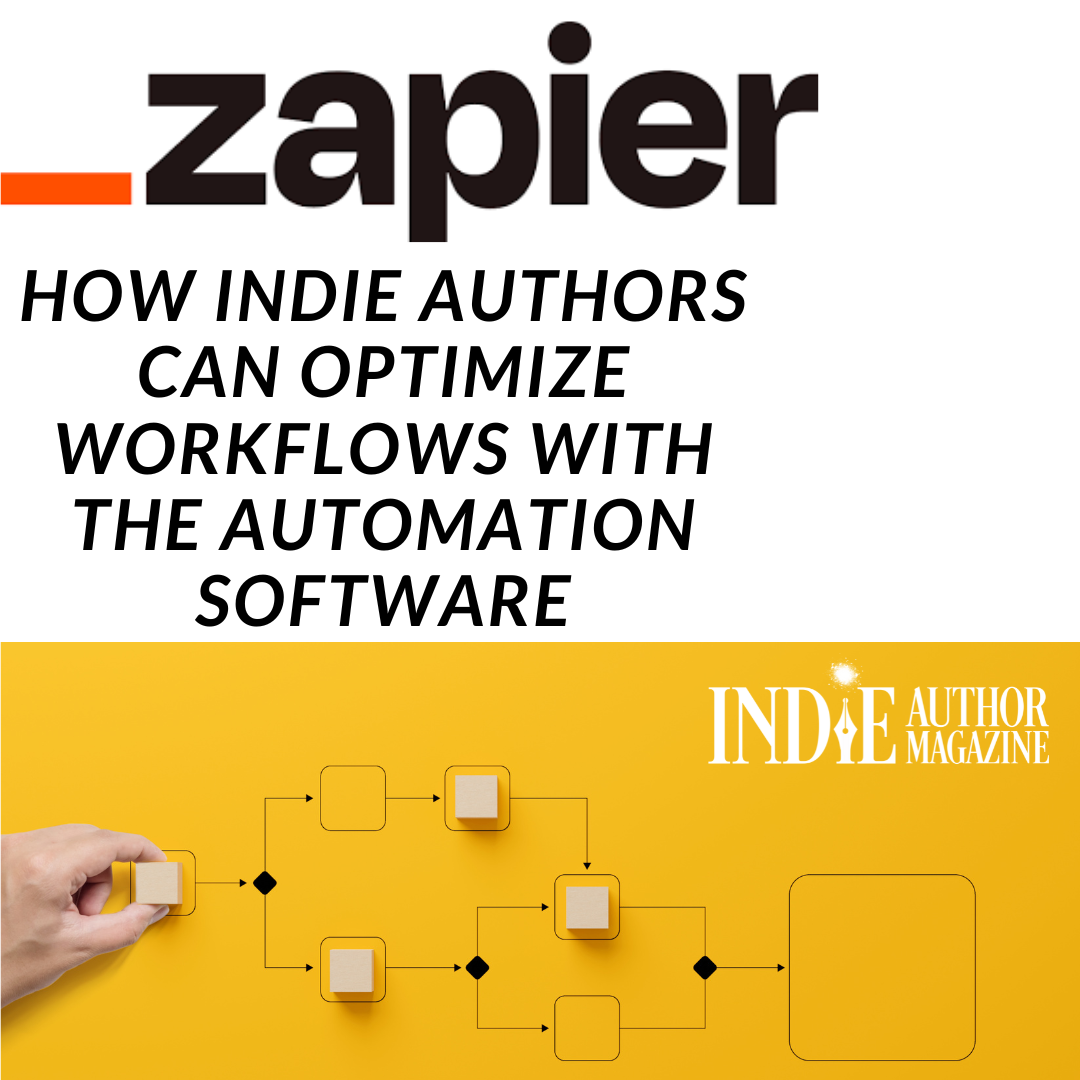You’ve decorated your badge, filled up your tote bag, and maybe even made a few new besties. The conference delivered loads of inspiration—but once you’re back to reality, your to-do list reminds you it never got the out-of-office memo.
With all the responsibility of day-to-day author life, it can be easy to lose the momentum you gained at the author event once you return to your regularly scheduled writing routine.
When it comes to making your time and money worth it, simply attending a conference can’t be the final stop. The real magic happens after the event—when you turn energy into action and implement the strategies and tools that sparked your interest. Thankfully, there are a few post-conference power moves you can make that will help you implement what you’ve learned, nurture new connections, and keep your momentum going long after the panels have ended.
Start With Intention—Before and After
Making the most of a conference starts well before the opening keynote—and it doesn’t end when you leave the venue. To fully maximize your investment, you need clarity on both ends: what you’re walking in for, and what you’re walking away with.
Before you attend, take time to identify your goals. What are you hoping to learn or solve? Who do you want to connect with? What areas of your creative or business life need fresh ideas, energy, or direction? This kind of intention setting can guide which sessions you prioritize, who you strike up conversations with and how you engage during the event.
Setting a goal to connect with three to five new people a day or preparing a few talking points that highlight what you do and who you serve can make your networking feel natural instead of forced. If you’re attending solo, this prep can be your confidence boost.
But clarity isn’t just for the front end. After the conference, come back to your goals and ask yourself: Did I accomplish what I came for? What surprised me? Where did I find unexpected value or a new direction? Revisit what you learned through the lens of your original intention—and if your goals shifted along the way, that’s useful information too.
The point is to treat your conference experience like a feedback loop: Prepare with focus, then reflect with intention.
Create Space for a Processing Power Hour
Conferences are fast-paced, energy-packed environments. You’re bouncing from sessions to side conversations, absorbing tons of ideas, and trying to be present for every moment. That’s why it’s essential to build in time to process—not just when you get home but while you’re still in the thick of it.
The most powerful thing you can do at any event is set aside one focused hour—no distractions, no multitasking—to mentally unpack everything you absorbed throughout the day. Ideally, this “processing power hour” should happen at the end of each day of the conference, though if prior commitments prevent this from happening, aim to do this within forty-eight to seventy-two hours after the conference ends.
If you’re the type who signs up for every session, RSVPs for every after-hours author hang-out, and fills your schedule to the brim to make the most of the experience—you’re not alone. Just don’t forget that real growth often happens in the quiet moments. Give yourself permission to block out time for recovery and reflection, even if it means skipping a mixer or leaving an event a bit early. One intentional hour can help you retain more information, connect dots faster, and walk away with clarity instead of burnout.
During that hour, revisit your notes, review voice memos, and jot down key takeaways. It helps to make two simple lists:
- What inspired you
- Your action steps
Next, go through the business cards or contact info you collected and write a quick note on each person—something that reminds you why the connection matters. This step is essential for two reasons: It helps prevent overwhelm later, and it gives you a clear next chapter instead of a hard stop.
Lastly, file your notes in a digital folder or app such as Notion, Trello, or Google Docs—whatever fits your workflow. If you took physical notes or collected business cards, an organization trick is to snap a photo of each one with a note in your phone’s gallery, or store them in a digital folder titled “[Conference Name, Year].” This makes your reflections and connections searchable and synced.
Once you’re back home and away from the conference buzz, revisit those notes with fresh eyes. This gives you an opportunity to spot new connections or ideas that didn’t fully click while you were in the moment. This brain-unpacking session, just like your suitcase, is better sorted through now rather than weeks later when everything’s wrinkled and half-forgotten.
Don’t Just Follow Up; Follow Through
We’ve all gotten those dry, “Just following up from the conference …” emails. Please don’t be that person. Reaching out doesn’t have to feel awkward or transactional. If you saw enough value in a connection to reach out, there’s a chance the other person did too.
The key is to lead with value over need. So before you ask for time, a favor, or feedback from someone you met, ask yourself, “Have I offered something first?” Helpful feedback, a resource, or a proposed collaboration sets the tone for authentic, lasting connections.
Here’s an example you can adapt:
Hey [Name], I loved chatting with you at [event name] after the panel on [topic]. I really appreciated what you shared about [specific insight]. I thought you might enjoy this [resource/link], and I’d love to keep the conversation going if you’re open to it. Let’s stay connected!
Thoughtful follow-through shows you’re invested in building a real relationship and not just checking a box.
Turn Clarity into Action
After the connections are made and your notes are organized, it’s time to translate your biggest lightbulb moments into next steps. Keep in mind that you won’t need to use everything you learned. Instead, identify three to five takeaways that align with your current goals. Maybe you found a new marketing tactic, heard a brilliant panel on newsletter growth, or got clarity on what’s been interfering with your writing consistency.
For each one, ask yourself: Is this actionable right now? How does this help me move forward this quarter? And what’s one small step I can take this week?
For example, instead of writing “launch an author newsletter,” break it down to “research platforms and draft a welcome email.” Instead of “build community,” your next step might be to “engage with three new authors on social media this week.”
Add these tasks to your existing workflow, planner, or project board so they don’t get stuck in isolation.
Implementation doesn’t have to be massive to be meaningful.
Keep the Momentum
If you’re prone to post-event paralysis, you’re not alone. Creating a simple follow-up timeline can keep you on track without adding pressure. A practical flow to guide your post-conference productivity can look like this:
- Within three days: Block your processing session. Sort your contacts. Send quick thank-you or follow-through messages.
- Within one week: Reconnect with your “super group” contacts—those who are most equipped to help you with achieving your priority goals. Share one actionable takeaway from the event on social media or in your newsletter. Begin implementing your first strategy or task.
- Within two weeks: Schedule collaboration calls, pitch your idea, or test a new platform or resource. Revisit your takeaways to track progress.
- By the one-month mark: Reflect on what stuck, what shifted, and what support you still need. Circle back to any connections that fell off your radar. Evaluate which actions moved the needle.
You don’t have to hustle through every item—but a timeline keeps your ideas organized, actionable, and timely.
Anchor the Experience in Your Real Life
The best conferences aren’t just brain-fillers; they’re identity shapers. They remind you of who you are, who you’re becoming, and what’s possible. But for that to last, you have to embed the key takeaways in your routine.
Start a journal or voice memo series to talk through what you’re learning as you implement. Host a recap Zoom or go live on Instagram to share insights with your community. Partner with someone you met to hold each other accountable for the next thirty days. Or simply post about your post-conference journey—wins, roadblocks, and all.
Integration is about honoring what matters most and letting that shape how you show up daily, create regularly, and grow intentionally.
The Next Chapter
The conference may be over, but your next chapter is just getting started. Whether you made meaningful connections or filled a notebook with great ideas, your success lies in what you do with the experience afterward.
Be intentional, proactive, and generous in how you show up for others—and consistent in how you show up for yourself.
The energy you felt at that conference can be recreated, extended, and used to build a lasting new path for you. All it takes is a strategic plan and the willingness to improve.
Eryka Parker




